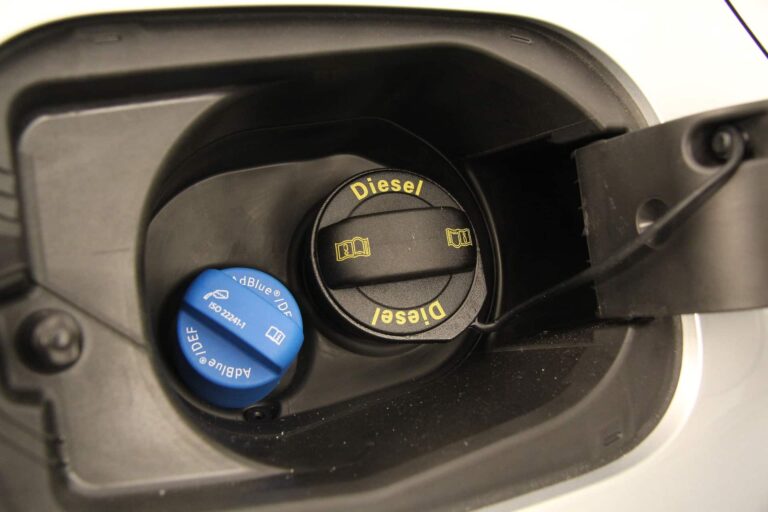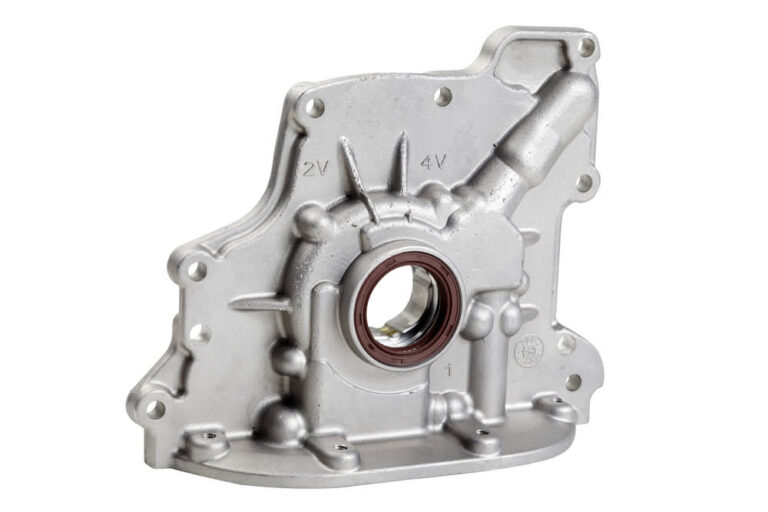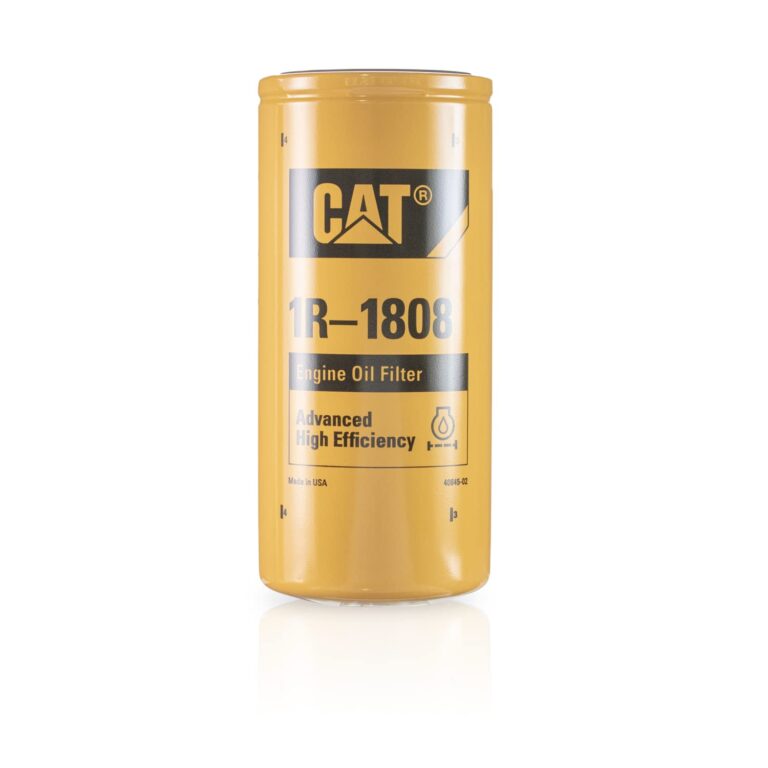
The normal oil pressure in a truck typically ranges between 20 to 60 psi. Proper oil pressure ensures proper lubrication and engine performance.
Maintaining appropriate oil pressure levels is crucial for the engine’s health and performance. Insufficient oil pressure can lead to engine damage, while excessively high pressure may cause leaks or other issues. Normal oil pressure ensures that the engine components are well-lubricated and functioning optimally.
Regularly monitoring and maintaining the correct oil pressure level is essential for the longevity and efficiency of the truck’s engine. Understanding what constitutes normal oil pressure ensures smooth operations and prevents potential engine troubles down the road.
Credit: www.ford-trucks.com
Navigate As You Want:
Understanding Normal Oil Pressure In A Truck
Oil pressure in a truck engine plays a critical role in ensuring the smooth functioning and longevity of the vehicle. Understanding what constitutes normal oil pressure is essential for maintaining the truck’s performance.
What is Normal Oil Pressure? Normal oil pressure for a truck typically ranges between 20 to 60 psi while idling and 40 to 60 psi when driving. Optimal pressure may vary based on factors such as engine type and operating conditions.
Importance of Oil Pressure in a Truck Adequate oil pressure ensures proper lubrication of engine components, preventing excessive wear and tear and maintaining the engine’s efficiency.
Consequences of Low Oil Pressure Insufficient oil pressure can lead to serious engine damage, including seizure and irreversible mechanical failure.
Consequences of High Oil Pressure Excessively high oil pressure may indicate restrictions in the oil passages or malfunctioning components, potentially causing leaks or compromising the engine’s performance.

Credit: m.youtube.com
Factors Affecting Oil Pressure
Normal oil pressure in a truck can be affected by various factors such as engine type, temperature, and oil viscosity. It is important to maintain proper oil pressure to ensure optimal lubrication and prevent engine damage.
| Factors Affecting Oil Pressure |
| Engine Type and Design: The design of the engine plays a crucial role in determining the normal oil pressure. Different engines have varying oil pressure requirements based on their specifications. |
| Oil Type and Quality: The type and quality of oil used in the truck affect the oil pressure. Using the recommended oil grade and quality can help maintain optimal oil pressure. |
| Engine Temperature: Fluctuations in engine temperature can impact oil pressure. Extreme temperatures can lead to changes in oil viscosity affecting the pressure levels. |
| Engine Wear and Tear: Wear and tear on engine components can also influence oil pressure. Damaged parts may impact oil circulation and pressure levels in the system. |
Determining Normal Oil Pressure
Determining normal oil pressure in a truck is crucial for vehicle upkeep. The standard oil pressure for trucks usually ranges between 20 to 60 pounds per square inch (psi). Any reading below or above this range may indicate potential issues with the truck’s engine that need attention.
Regularly monitoring and maintaining normal oil pressure helps ensure the truck’s engine functions efficiently and prevents potential damage.
| Manufacturers Specifications: | Refer to your truck manual for recommended oil pressure values. |
| Oil Pressure Gauge Readings: | Monitor the gauge regularly for fluctuations in pressure levels. |
| Driving Conditions: | Oil pressure can vary based on speed, load, and temperature. |
| Engine Health: | Normal pressure indicates proper lubrication and engine performance. |

Credit: m.youtube.com
What To Do If Oil Pressure Is Abnormal
Normal oil pressure in a truck is typically between 20 to 60 psi when the engine is running at normal operating temperature. Low oil pressure can be caused by worn bearings, a malfunctioning oil pump, or low engine oil levels. Solutions include checking for oil leaks, using a higher viscosity oil, or replacing the oil pressure sensor. On the other hand, high oil pressure may result from a clogged oil filter, using the wrong type of oil, or a faulty oil pressure relief valve. Remedies involve inspecting and replacing the oil filter, using the correct oil grade, or cleaning the oil pressure relief valve. Regularly monitoring oil pressure and addressing any issues promptly is essential for maintaining the health and performance of a truck’s engine.
Maintenance Tips For Proper Oil Pressure
Proper maintenance is key to maintaining the normal oil pressure in a truck. Regular oil changes are essential to ensure that the engine is supplied with clean and fresh oil. This helps to maintain the optimal oil pressure levels. Checking the oil levels regularly is also important to ensure that there is enough oil in the system. Inspecting for leaks is crucial as oil leaks can lead to low oil pressure. Monitoring engine temperature is another important aspect of maintenance as high engine temperatures can cause a drop in oil pressure. By regularly checking these maintenance tasks, you can ensure that your truck maintains the normal oil pressure and runs smoothly without any issues.
Frequently Asked Questions On What Is Normal Oil Pressure In A Truck
What Is Normal Oil Pressure While Driving?
Normal oil pressure while driving varies from 25 to 65 psi, depending on the vehicle and driving conditions.
What Is Good Oil Pressure At Idle?
Good oil pressure at idle should typically be around 10-25 psi for most vehicles.
What Is Low Oil Pressure In A Truck?
Low oil pressure in a truck is when there’s insufficient oil to lubricate the engine. It can cause engine damage.
What Is A Bad Oil Psi?
A bad oil PSI refers to low oil pressure in a truck. This can result in inadequate lubrication, which can cause engine damage and failure. It is important to address low oil pressure promptly to prevent costly repairs.
Conclusion
In a truck, normal oil pressure is crucial for the engine’s performance and durability. Understanding the ideal oil pressure range helps in maintaining the vehicle’s health and performance. Monitoring the oil pressure regularly and addressing any deviations is essential for preventing potential engine issues.
Enhance your truck’s longevity by ensuring optimal oil pressure levels.




